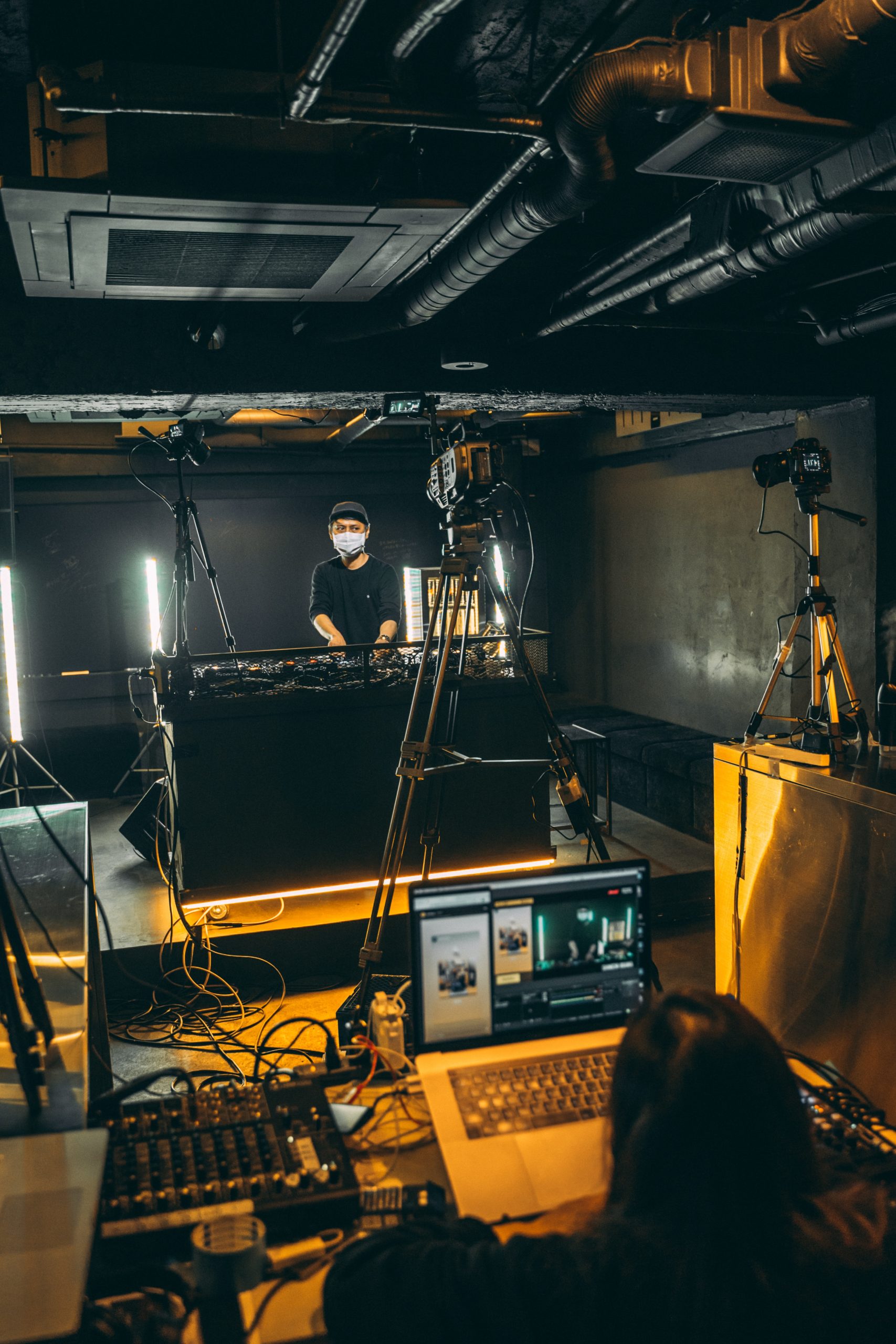It was only a matter of time before livestreaming became ubiquitous in our always-connected era. Gamers have been on twitch for ages, IG and TikTok were flirting with different quirky ideas. But we came to a tipping point during the pandemic when everyone and their mother decided to give it a shot. Here are a few tips on how to livestream like a pro.
Preparation is paramount
It’s easy to downplay livestreaming as the thing that crazy aunts do on Facebook or careless celebs accidentally find themselves broadcasting on IG.
But in reality, livestreaming has rapidly grown into a viable source of income for many in a time when traditional creative jobs have become near impossible.
To distinguish yourself from amatuer streamers, it’s paramount that you do some deep research before going live. Identifying your particular niche is possibly the most important task on a list of many.
Maybe you’re a gamer, where there’s possibly the most avid and supportive community. Or perhaps you’re a musician who can give instrument lessons, tutorials on how to play popular songs, or even fully produced concerts from home.
Identifying your strengths, in addition to knowing what will keep an audience captivated is a great place to start.
Choose the right equipment
Depending on your audience and platform, the exact equipment you use to stream will vary.
If you primarily stream on IG live or TikTok, your cell phone is your easiest point of entry.
Your content will most likely be shot vertically and streaming directly from their respective apps ensures that your feed will be delivered exactly as intended.
From this point on, the options become plentiful and can range from your computer’s webcam to the most professional of setups. It’s best to break them into three categories:
- Entry-level cameras include smartphones, action cameras like GoPros, and beginner camcorders (you may have one or two lying around your house). These tend to be lightweight and mobile and are particularly useful if you are typically on the go.
- Midlevel or “Prosumer” cameras are the most popular and accessible in this category. Your typical DSLR or mirrorless camera can produce a high-quality image, often in 4k. This setup can be more complicated and will be slightly more expensive but with care and attention, you can have a professional-looking stream.
- Professional cameras offer the most flexibility in terms of filming conditions and A/V inputs like XLR and SDI. You would typically go for this level of setup if you are running a full-fledged production company that offers services to events or concerts.
When it comes to audio, most would agree that having clean and high quality audio is more important than video.
Most viewers understand that video quality can vary based on uncontrollable circumstances — worst case scenario they can just listen to your stream. That is unless your audio is unlistenable.
Do yourself (and your audience) a favor and try to secure a decent USB microphone at least, and a solid XLR microphone at best if you can spring for it.
Pick your platform(s)
If your audience is concentrated on one social media platform like TikTok or IG, you might find the most success focusing all of your energy there. However, if you find yourself wanting to branch out, there are plent of other platforms to consider.
Gamers have found the most success on Twitch, Miser, and Youtube, while musicians have capitalized on their audiences on Facebook, Twitter, and Mixcloud.
It’s important to mention that audio-only livestreaming has become extremely popular with apps such as Clubhouse and even Twitter joining the fray with their Twitter Live Spaces. Who said radio is dead?
The best part about trying multiple platforms is that there are services like Restream which allow you to take one feed and broadcast to multiple channels simultaneously.
You’ll soon be asking yourself ‘where to livestream’ instead of ‘how to livestream.’
Consistency is key
If you want to gain and maintain a loyal following, a reliable schedule will help you build an audience who will find themselves making your streams part of their routines.
In addition to the frequency of which you stream, the duration can also be a winning factor. Some of the most successful streamers like Hasan Piker or Pokimane will go for hours on end, playing video games or reacting to current events.
Why stream for hours on end? Our last point will make that clear.
Don’t be afraid to monetize
Monetization can sometimes feel like a dirty word. Perhaps it’s a revulsion from being used by corporations who have gotten rich off of our browsing history. But there’s a key difference when it comes to monetizing from streaming: no one is forcing your viewers to watch.
You might be surprised by how many viewers will opt into supporting your hard work if given the opportunity.
It’s really easy to acknowledge when someone is offering you entertainment and value, and when viewers can, they’ll often donate even the smallest amount.
Even pennies can amass to a mini fortune if you stream often and long enough.
We recently dug deep into how to monetize on TikTok, which included platform specific perks like virtual gifts, but also detailed how crowdfunding and apps like Patreon can help you turn your hobby into a self-sustaining business in due time.
For more information on how you can add custom royalty-free music to your livestreams check out Loudly to browse our library of thousands of tracks!



